Bring Your Paintings to Life with Texture
Have you ever gazed at a painting and felt an overwhelming urge to reach out and touch it? That’s the magic of texture! It’s not just about color or form; texture is the secret ingredient that can transform a flat canvas into a captivating experience. When you incorporate texture into your artwork, you invite viewers to engage with it on a deeper level, creating a multi-sensory experience that resonates emotionally. Think of texture as the voice of your painting, adding layers of meaning and depth that can evoke feelings and spark curiosity.
Imagine walking into a gallery and seeing a piece that draws you in. What is it that captures your attention? Often, it’s the way the artist has played with texture, creating a visual feast that invites exploration. Whether it’s the roughness of a landscape or the smoothness of a serene sky, texture adds a dynamic quality that can completely change the narrative of your artwork. It’s like the spice in your favorite dish; without it, everything feels bland and uninviting. So, how do you bring this transformative power into your own paintings?
In this article, we will dive into the various techniques and materials that can enhance the texture in your artwork. From actual textures that you can feel, to simulated textures that trick the eye, you’ll discover how to effectively incorporate these elements into your compositions. Whether you’re a seasoned artist or just starting, understanding and utilizing texture can elevate your work and help you express your unique artistic voice. So grab your brushes and let’s get started on this textured journey!
Texture is not just a visual element; it’s a crucial component that adds depth and dimension to your paintings. It engages viewers, inviting them to not only look but also feel. When you understand the significance of texture, you can elevate your artwork to new heights, making it more dynamic and visually appealing. A painting with rich texture can evoke emotions, tell stories, and create connections that a flat surface simply cannot.
Think about it: when you see a painting with a thick impasto technique, you can almost feel the artist’s energy and intention. The layers of paint create a sense of movement and life, drawing you into the scene. On the other hand, a smooth, glassy finish can evoke tranquility and calmness. This interplay of textures allows you to manipulate emotions and guide the viewer’s experience, making your artwork not just a visual treat but a profound encounter.
As an artist, you have a variety of textures at your disposal to enhance your paintings. Understanding these different types can open up a world of creative possibilities. Here are the three main types of texture you can explore:
- Actual Texture: The physical surface quality of a painting that can be felt by touch.
- Simulated Texture: An illusion created through painting techniques that mimic the appearance of texture.
- Abstract Texture: A non-representational use of texture that focuses on the emotional response it evokes.
Each type offers unique opportunities to create different effects and enhance the overall composition of your piece. By mixing and matching these textures, you can create a rich tapestry that captivates the viewer’s attention and makes your artwork truly come alive.
Q: What is the best way to start experimenting with texture in my paintings?
A: Begin by exploring different materials and techniques. Try using palette knives, sponges, or even your fingers to apply paint. Don’t be afraid to mix in other materials like sand or fabric to see how they affect the texture.
Q: Can I achieve texture without using thick paint?
A: Absolutely! Simulated textures can be created using various painting techniques, such as dry brushing or glazing, which can give the illusion of depth without adding bulk.
Q: How do I know which textures will suit my artwork?
A: It often comes down to the emotion you want to convey. Experiment with different textures and see how they change the mood of your piece. Trust your instincts and let your personal style guide you!
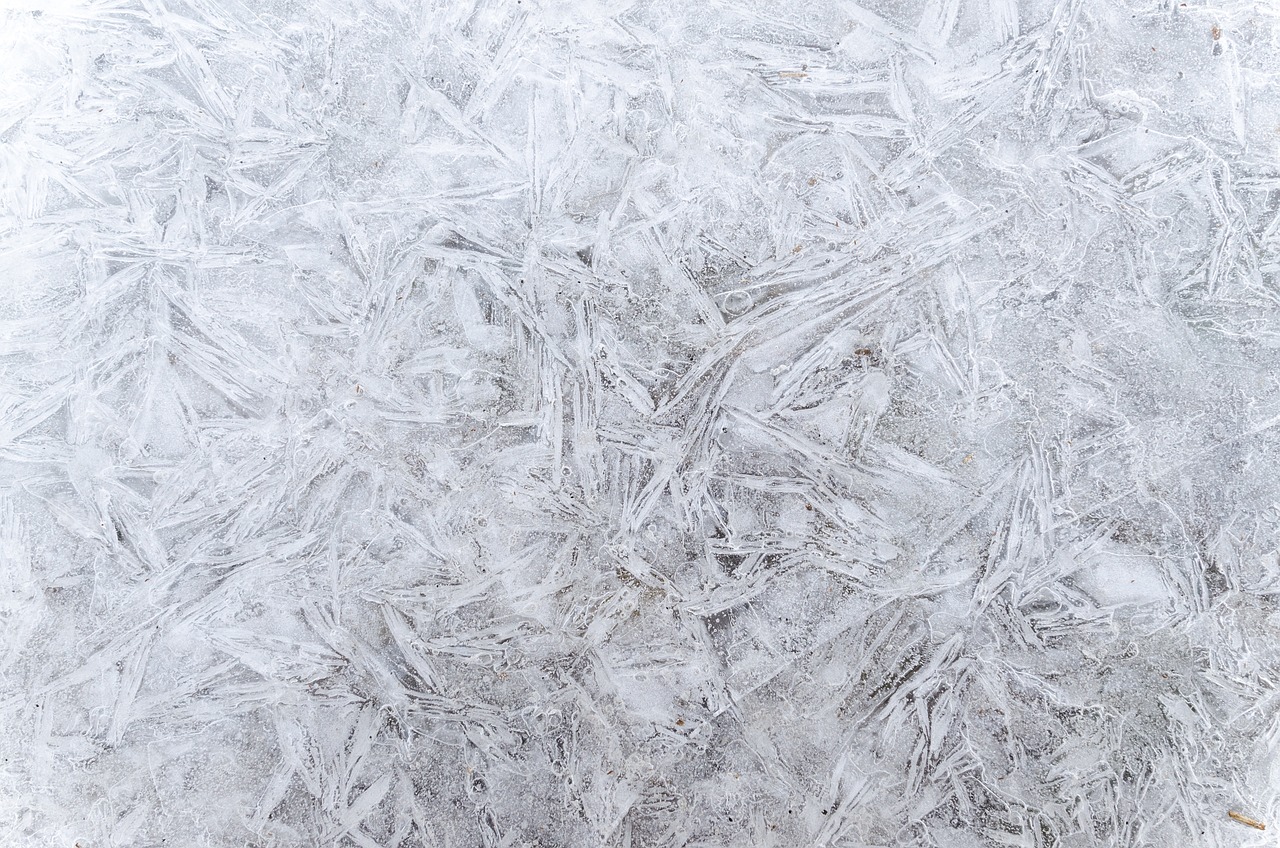
The Importance of Texture in Art
Texture is not just a visual element in art; it is a powerful tool that can transform a flat surface into a captivating experience. When we talk about texture in painting, we are referring to the physical and visual qualities that can engage the viewer's senses on multiple levels. Imagine walking through an art gallery, where some paintings seem to leap off the canvas while others appear flat and lifeless. The difference often lies in the texture. By incorporating various textures, artists can create depth and dimension that draw the eye and evoke emotional responses.
One of the most significant aspects of texture is its ability to engage viewers. When a viewer encounters a painting with rich textures, they are not merely looking; they are experiencing. The tactile quality invites them to reach out and touch, even if they know they shouldn’t. This interaction creates a connection between the artwork and the observer, making the experience more memorable. Moreover, texture can enhance the storytelling aspect of a piece. For instance, a rough, jagged texture might evoke feelings of chaos or turmoil, while a smooth surface could convey serenity and calm.
Furthermore, texture plays a crucial role in establishing the mood and atmosphere of a painting. Artists can manipulate texture to reflect different emotions, guiding the viewer's feelings and interpretations. Here are a few ways texture impacts the overall mood:
- Rough Textures: Often associated with turmoil, conflict, or raw emotion.
- Smooth Textures: Convey calmness, peace, and tranquility.
- Layered Textures: Can create a sense of complexity and depth, inviting viewers to explore the narrative.
In addition to emotional engagement, texture can also influence the visual hierarchy of a painting. By strategically placing textured elements, artists can guide the viewer’s gaze to focal points, enhancing the overall composition. This thoughtful arrangement not only adds interest but also reinforces the narrative within the artwork. For instance, a textured area surrounding a central figure can emphasize that figure's importance, creating a natural focal point that draws the viewer in.
Ultimately, understanding the importance of texture in art allows artists to elevate their work from mere representation to a multidimensional experience. By embracing texture, they can create pieces that resonate on a deeper level, inviting viewers to engage, explore, and connect with the artwork in profound ways.
- What is texture in painting? Texture in painting refers to the surface quality of a work of art, which can be actual (tactile) or simulated (visual).
- How does texture affect the emotional response to a painting? Texture can evoke different feelings and moods, influencing how viewers perceive and connect with the artwork.
- Can I create texture with any type of paint? Yes, various paints and mediums can be used to create texture, including acrylics, oils, and mixed media materials.
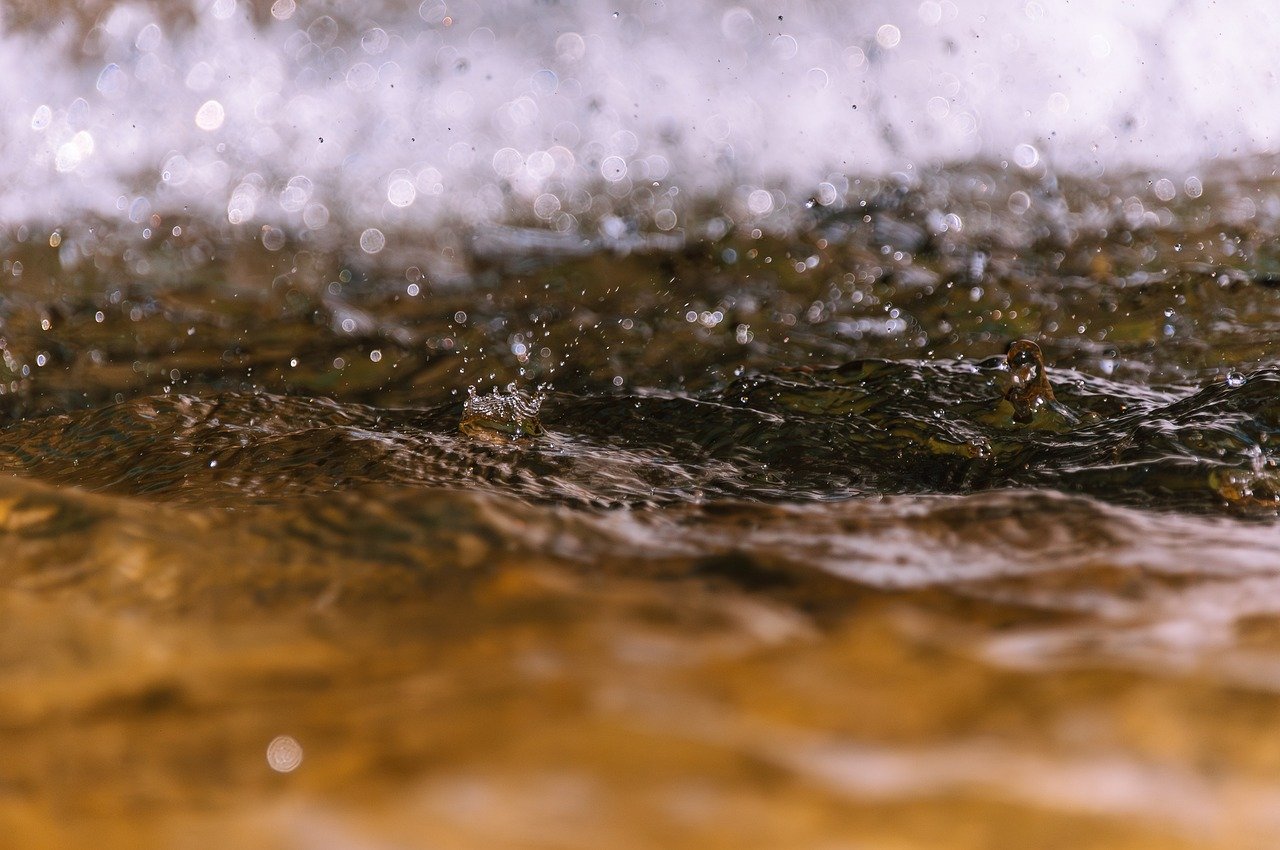
Types of Texture in Painting
When it comes to painting, texture isn't just an afterthought; it's a vital element that can transform a flat canvas into a vibrant, tactile experience. Artists have a myriad of ways to incorporate texture, and understanding the different types can unlock new dimensions in your artwork. The three primary types of texture in painting are actual texture, simulated texture, and abstract texture. Each type offers unique opportunities to create various effects and enhance the overall composition of a piece.
Actual texture is the most straightforward of the three. It refers to the physical, tactile quality of the painting's surface. Think of a painting that you can actually feel; the brushstrokes, the thickness of the paint, and any materials added create a three-dimensional quality that invites viewers to not only look but also touch. Techniques like impasto are commonly used to achieve this effect. This method involves layering paint thickly, resulting in a surface that stands out from the canvas. Imagine running your fingers over a mountain range of paint, each peak and valley telling a different part of the story.
On the other hand, simulated texture is all about the illusion. This type of texture is created through painting techniques that mimic the appearance of texture without the physicality. For instance, an artist might use careful brushwork to make a flat surface appear as if it has the roughness of bark or the softness of a cloud. Mastering simulated texture can significantly enhance the realism of your artwork, making viewers do a double-take as they try to discern what is real and what is painted.
Finally, we have abstract texture, which takes a more conceptual approach. This type of texture doesn't necessarily mimic anything found in the real world but instead focuses on the emotional response it elicits. Think of a chaotic swirl of colors that creates a feeling of turbulence or a serene blend that evokes calmness. Abstract texture can be achieved through various techniques and materials, allowing artists to express their feelings and ideas in a more visceral way.
To summarize, understanding the types of texture in painting can open up a world of possibilities for artists. By experimenting with actual, simulated, and abstract textures, you can create pieces that not only capture the eye but also engage the senses. So, whether you're layering paint to create a tactile landscape or using brushwork to simulate the softness of a pillow, remember that texture is your ally in storytelling through art.
- What is the difference between actual and simulated texture?
Actual texture refers to the physical surface quality that can be felt, while simulated texture is an illusion created through painting techniques that mimic texture visually. - Can I mix different types of texture in one painting?
Absolutely! Mixing various types of texture can create a more dynamic and engaging artwork, allowing you to explore the contrasts and harmonies between them. - What materials can I use to create actual texture?
You can use thick paints, gels, pastes, and even mixed media elements like fabric or paper to enhance actual texture in your paintings.
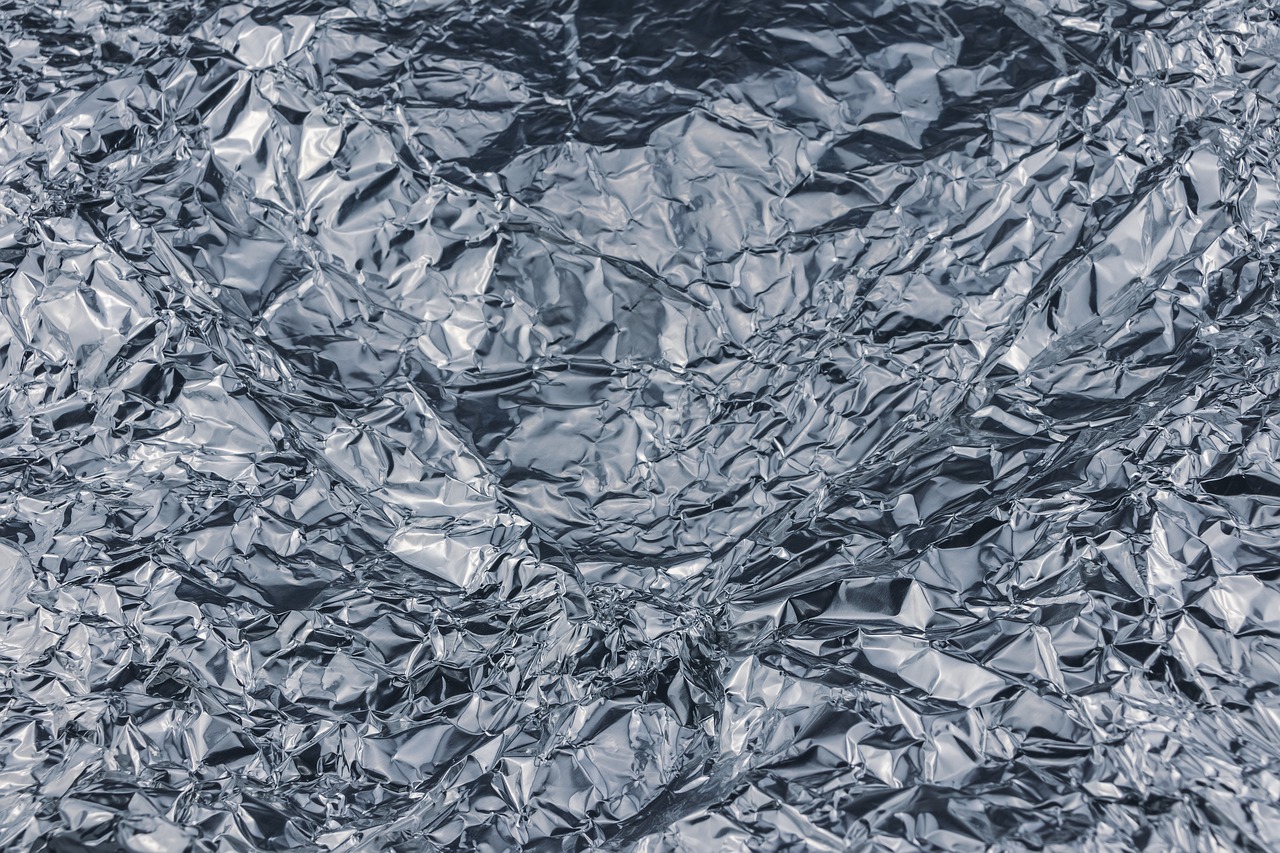
Actual Texture
When we talk about , we're diving into the tangible, physical qualities of a painting that you can actually feel with your fingers. Imagine running your hand over a canvas and experiencing the bumps, grooves, and ridges created by the artist's choice of materials and techniques. This hands-on experience can profoundly affect how a viewer interacts with the artwork, creating a deeper connection beyond just visual appreciation. Techniques like impasto, where paint is applied thickly to create a three-dimensional effect, exemplify the beauty and impact of actual texture. The resulting surface can turn a simple painting into a dynamic landscape of color and form, inviting viewers to not only see but also touch—if only they were allowed!
Another way to achieve actual texture is through the incorporation of collage elements. By adding materials like fabric, paper, or even found objects, artists can create a rich tapestry of textures that engage the viewer's senses. This mixed media approach not only enhances the visual interest of the piece but also adds layers of meaning and context. For instance, a painting that includes pieces of old newspaper might evoke feelings of nostalgia or commentary on society, while fabric can introduce warmth and softness that contrasts with the hardness of paint.
To give you a clearer picture of how different techniques can create various actual textures, here's a simple comparison:
| Technique | Description | Effect |
|---|---|---|
| Impasto | Thickly applied paint | Creates depth and vibrancy |
| Collage | Incorporating other materials | Adds complexity and visual interest |
| Scraping | Removing paint to reveal layers | Creates unique patterns and textures |
Incorporating these techniques into your artwork can result in a stunning visual experience that captures the essence of what you're trying to convey. Each brushstroke and material choice contributes to a narrative that can resonate with viewers on multiple levels. So, the next time you pick up a brush, think about how you can use actual texture to bring your vision to life. After all, art isn't just about what you see—it's about what you feel, too!
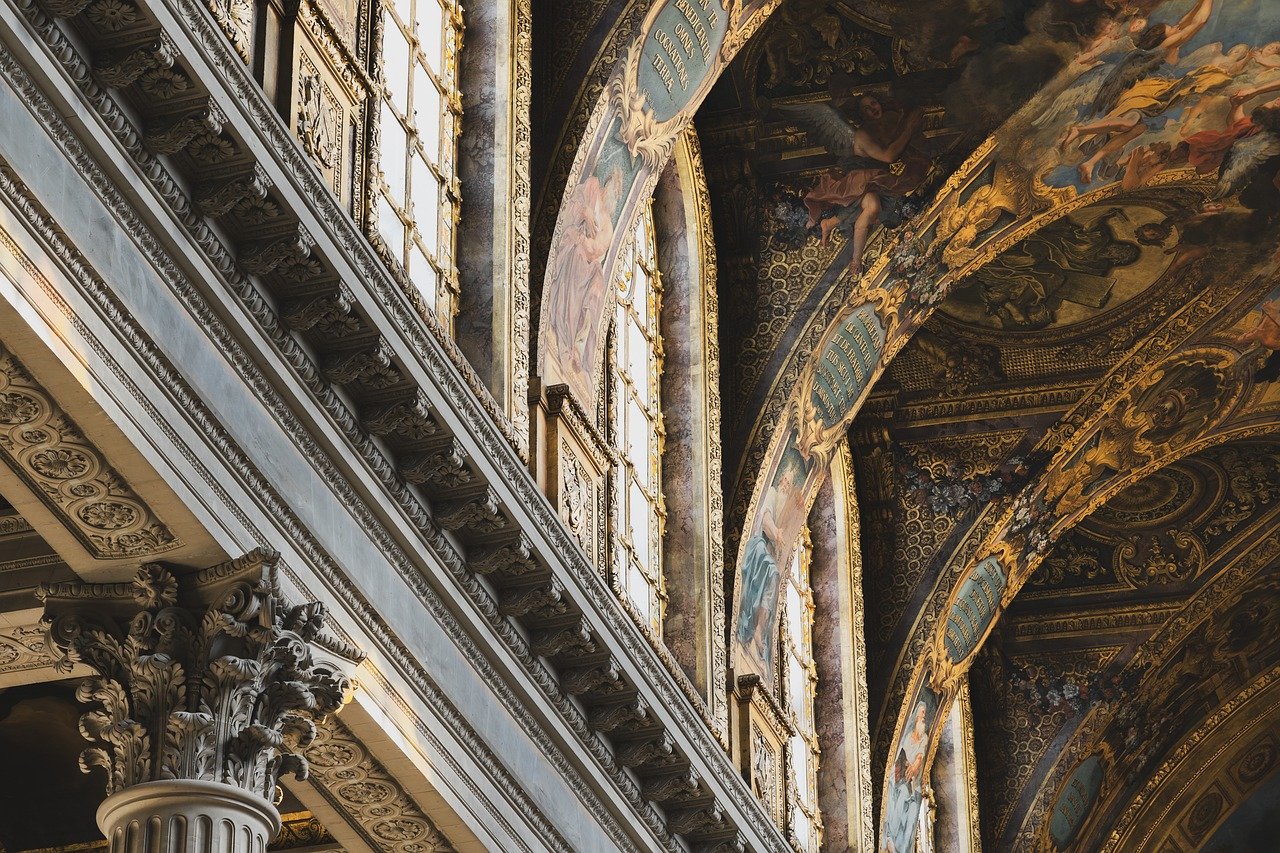
Impasto Technique
The is a fascinating method that allows artists to create a striking three-dimensional quality in their paintings. By applying thick layers of paint, artists can add depth and texture that not only catches the light but also invites viewers to engage with the artwork on a tactile level. Imagine running your fingers over the surface of a painting and feeling the peaks and valleys of the paint—it's an experience that transforms the way we perceive art.
One of the most captivating aspects of impasto is its ability to enhance the vibrancy of colors. When paint is applied thickly, it can create a rich, textured surface that reflects light in unique ways, making the colors appear more dynamic and alive. This technique can evoke a sense of movement within the artwork, drawing the viewer's eye and igniting their imagination.
To master the impasto technique, artists often use palette knives and stiff brushes. These tools allow for bold strokes and the ability to manipulate the paint into expressive forms. Here’s a quick overview of some essential tools and their uses:
| Tool | Use |
|---|---|
| Palette Knife | Ideal for applying thick layers of paint and creating sharp, defined edges. |
| Stiff Brushes | Great for creating texture and blending colors while maintaining a thick application. |
| Sponges | Useful for adding unique textures and patterns to the surface of the painting. |
When experimenting with impasto, it’s essential to consider the type of paint being used. Oil paints are often favored for this technique due to their thick consistency and slow drying time, allowing for manipulation and blending. However, acrylics can also be used effectively, especially when mixed with a medium designed to increase viscosity.
Incorporating the impasto technique into your artwork can open up a new world of expression. It encourages artists to think beyond traditional painting methods and embrace a more tactile approach. Whether you're depicting a serene landscape or an abstract composition, the use of impasto can add an emotional weight to your work, allowing viewers to feel the energy and passion behind each stroke.
So why not give it a try? Grab your palette knife, choose your colors, and see where the thick paint takes you. The impasto technique is not just about creating texture; it's about engaging your audience and making your artwork come alive!
- What is the best paint to use for impasto? Oil paints are typically the best choice for impasto due to their thickness and slow drying time, but acrylics can also work well with the right mediums.
- Can I use impasto in watercolor painting? While traditional watercolor techniques do not lend themselves to impasto, you can experiment with thick watercolor mediums to create texture.
- How do I clean my tools after using thick paint? It’s best to clean your tools immediately after use, especially when working with oil paints, to prevent the paint from hardening on your brushes and palette knives.
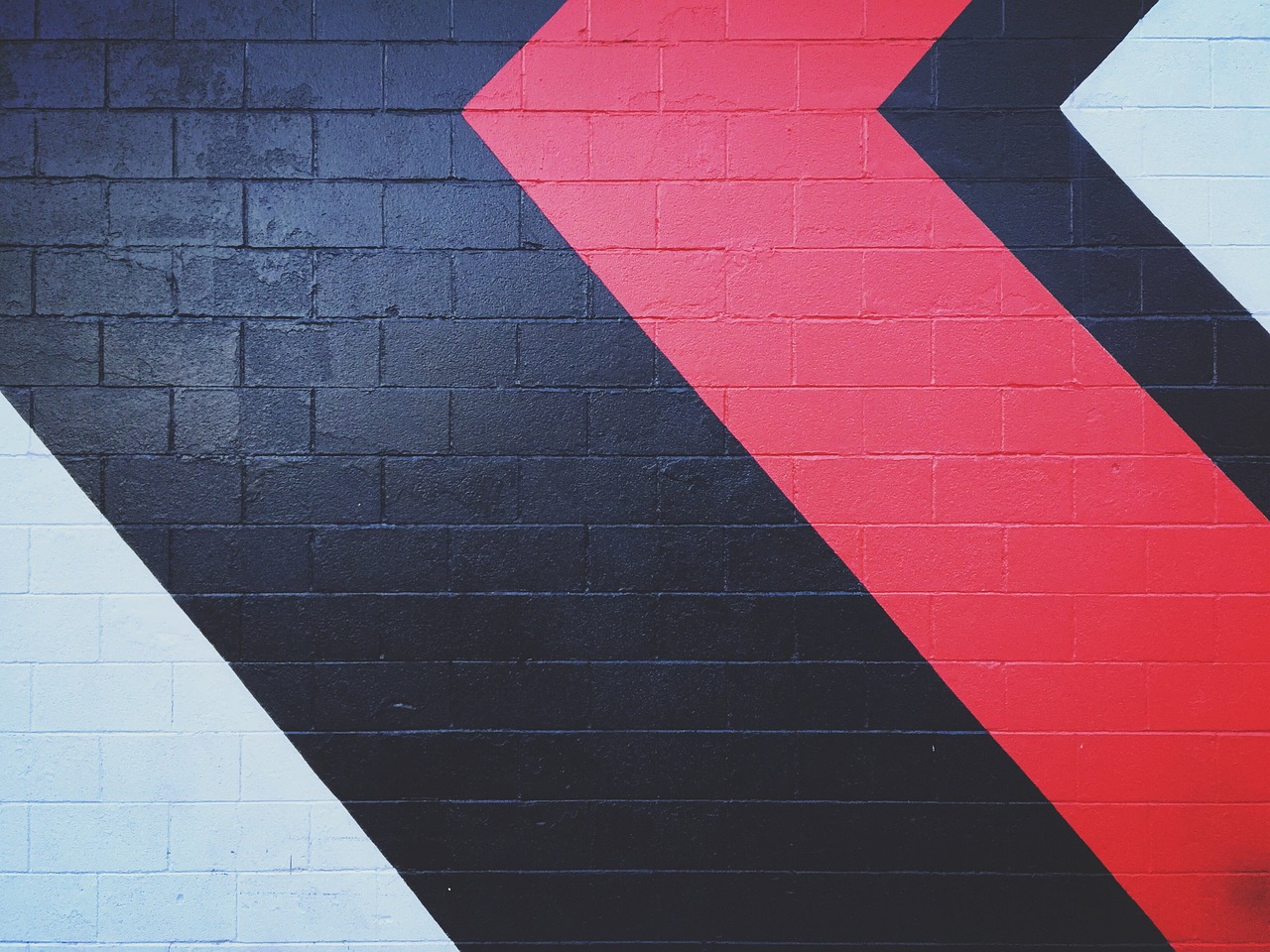
Collage Elements
Incorporating into your paintings can truly elevate your artwork, pushing the boundaries of traditional painting techniques. Imagine the thrill of blending different materials—like fabric, paper, or even natural objects—into a cohesive piece that tells a story beyond mere paint on canvas. This mixed media approach not only adds complexity but also creates a rich tapestry of textures that engage viewers on multiple levels.
When you think of collage, you might picture a haphazard assembly of items, but in the realm of painting, it’s an art form that requires thoughtful consideration. Each element you choose can evoke different feelings and enhance the overall narrative of your piece. For instance, using vintage paper can evoke nostalgia, while vibrant fabric might inject a sense of joy and playfulness. The key is to select materials that resonate with your artistic vision and the message you want to convey.
To give you a clearer idea of how to effectively incorporate collage elements, consider the following materials:
- Fabric: Adding textiles can introduce softness and warmth, creating a tactile experience.
- Paper: Different types of paper—be it textured, patterned, or colored—can provide visual interest and contrast.
- Found Objects: Items like leaves, buttons, or even small trinkets can add a unique, personal touch.
Moreover, the process of layering these elements can create a stunning visual depth. Start by applying a base layer of paint, then adhere your collage materials with a medium that suits your needs—like gel medium or glue. Once dried, you can further enhance the piece with additional paint or texture techniques, allowing the collage elements to interact dynamically with the painted surface.
As you experiment with collage elements, remember that there are no strict rules. Allow your intuition to guide you. Each piece you create can be a reflection of your journey as an artist, showcasing your ability to blend various textures and materials into a harmonious whole. So, roll up your sleeves, gather your materials, and let your creativity flow!
1. What materials are best for collage in painting?
The best materials for collage can vary based on your artistic vision, but commonly used items include fabric, textured paper, and found objects. Experimenting with different materials can lead to exciting results.
2. How do I adhere collage elements to my painting?
You can use mediums like gel medium, glue, or even decoupage solutions to adhere your collage elements to the canvas. Make sure to allow sufficient drying time to ensure everything is secure.
3. Can I paint over collage elements?
Absolutely! Painting over collage elements can create depth and integrate them into your artwork. Just be mindful of the materials you use, as some may react differently with paint.
4. Is there a limit to how many collage elements I can use?
There’s no limit! The beauty of collage is in its versatility. You can use as many or as few elements as you like, depending on the effect you want to achieve.
5. How can I develop my personal style using collage?
Experimentation is key! Try different combinations of materials and techniques, and see what resonates with you. Over time, you’ll discover a style that reflects your unique artistic voice.
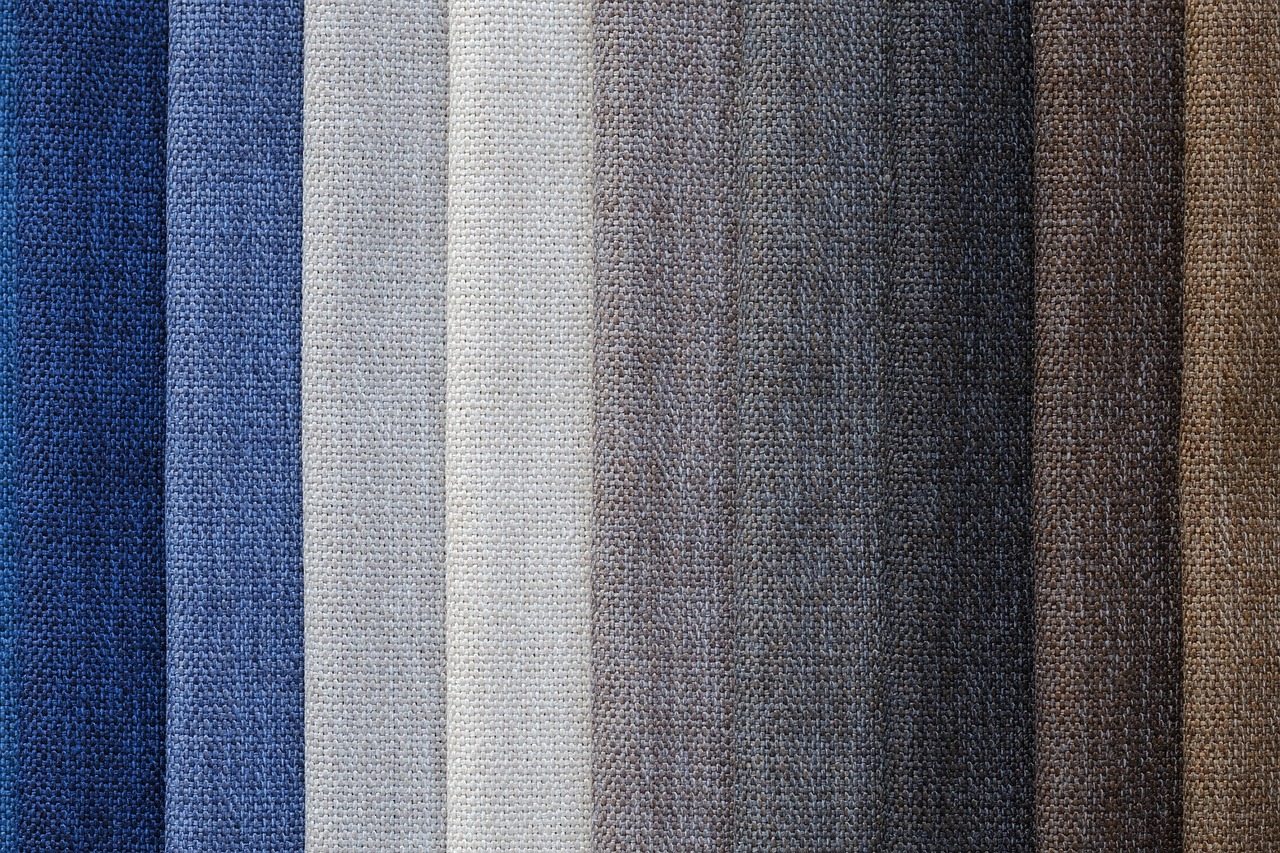
Simulated Texture
Explore the transformative power of texture in painting, discovering techniques and materials that can enhance depth, interest, and emotion in your artwork. Learn how to effectively incorporate texture for striking results.
Texture adds depth and dimension to paintings, engaging viewers and evoking emotions. Understanding its significance can elevate your artwork, making it more dynamic and visually appealing.
Artists can utilize various types of texture, including actual, simulated, and abstract. Each type offers unique opportunities to create different effects and enhance the overall composition of a piece.
Actual texture refers to the physical surface quality of a painting. Techniques such as impasto can create three-dimensional effects, inviting viewers to experience the artwork through touch as well as sight.
Impasto involves applying thick layers of paint to create a textured surface. This technique adds depth and a sense of movement, making colors more vibrant and engaging.
Incorporating materials like fabric, paper, or found objects into your paintings can create unique actual textures. This mixed media approach adds complexity and visual interest to your artwork.
Simulated texture is an illusion created through painting techniques that mimic the appearance of texture. It’s like giving your artwork a visual whisper that suggests depth and complexity without the physical bumps and grooves. By mastering this technique, you can enhance the realism of your artwork and create a more immersive experience for the viewer.
One of the most fascinating aspects of simulated texture is its ability to evoke feelings and narratives. For instance, you can use smooth brush strokes to convey calmness, while rough, jagged lines might suggest chaos or tension. It’s all about how you manipulate your tools to create an emotional landscape on the canvas.
Here are some techniques that can help you achieve simulated texture:
- Dry Brushing: This technique involves using a dry brush with minimal paint to create a scratchy, textured effect.
- Sgraffito: By scratching through a layer of wet paint to reveal the dry layer underneath, you can create intricate patterns and textures.
- Glazing: Applying thin, transparent layers of paint can give the illusion of depth and create a luminous quality.
By incorporating these techniques, you can transform a flat surface into a vibrant tapestry of emotions and stories. Remember, the key is to experiment and find what works best for your unique artistic voice. The world of simulated texture is vast and inviting, beckoning you to explore its many possibilities.
Choosing the right tools and materials is crucial for achieving desired textures. From brushes to palette knives and various mediums, each plays a role in creating unique surface qualities.
Different brush techniques can produce a range of textures, from smooth blends to rough strokes. Experimenting with various brushes can lead to exciting discoveries in your painting process.
Using mediums, such as gels or pastes, can enhance texture in your paintings. These additives can change the consistency and appearance of paint, allowing for a broader range of textures.
Understanding how to integrate texture into your overall composition is essential for balance and harmony. Thoughtful placement of textured areas can guide the viewer's eye and enhance the narrative of your artwork.
Strategically using texture to highlight focal points can draw attention and create a sense of importance within your painting. This technique can enhance storytelling and emotional impact.
Layering different textures can create depth and complexity in your artwork. By building up layers of texture, you can achieve a more dynamic and visually stimulating composition.
Embracing experimentation is key to discovering your unique artistic voice. Trying out various techniques and materials can lead to exciting breakthroughs and personal growth as an artist.
Finding your personal style through texture involves exploring different methods and materials. Allowing yourself to experiment can lead to distinctive textures that reflect your artistic identity.
Looking at the work of other artists can provide inspiration for incorporating texture into your own pieces. Studying their techniques can spark new ideas and approaches to your artwork.
Q: What is the difference between actual and simulated texture?
A: Actual texture is the physical surface quality of a painting, while simulated texture is an illusion created through painting techniques that mimic texture.
Q: How can I create texture without using thick paint?
A: You can use techniques like dry brushing, sgraffito, and glazing to create simulated textures that add depth without the need for thick layers of paint.
Q: Can texture affect the emotional impact of a painting?
A: Absolutely! Texture can evoke different emotions and enhance the narrative of your artwork, making it more engaging for the viewer.
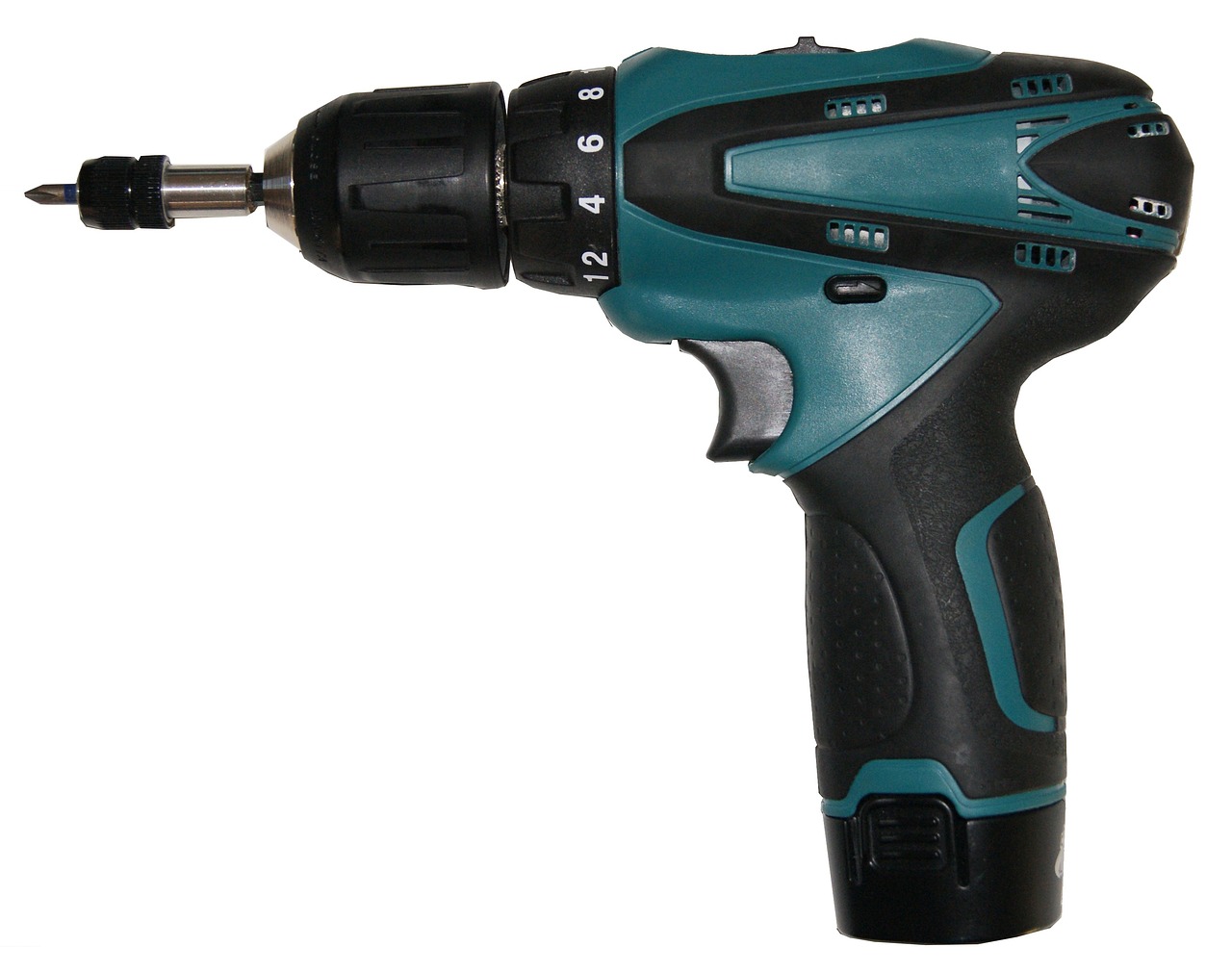
Tools and Materials for Texturing
When it comes to bringing your paintings to life with texture, the right tools and materials can make all the difference. Think of your art supplies as the instruments in a symphony; each one plays a crucial role in creating a harmonious masterpiece. From brushes to palette knives, the choices you make will directly impact the surface qualities of your artwork. Let's dive into some essential tools and materials that will help you achieve stunning textures in your paintings.
First off, brushes are your primary tools for applying paint, and they come in a variety of shapes and sizes. Each type of brush can produce different effects. For instance, a flat brush is perfect for creating broad strokes and filling in larger areas, while a round brush can be used for finer details. You might also want to experiment with fan brushes, which can create soft, feathered textures. Don't be afraid to mix and match—sometimes the best effects come from unexpected combinations!
Next, consider the use of palette knives. These versatile tools allow you to apply paint in thick layers, creating a raised texture that is visually striking. Unlike brushes, palette knives can also be used to scrape away paint, revealing underlying layers and adding depth to your artwork. Imagine the surprise of a viewer discovering hidden colors and patterns beneath the surface; it's like peeling back the layers of an onion to find something beautiful inside!
In addition to brushes and knives, mediums and additives can significantly enhance the texture of your paintings. Products like gels, pastes, and modeling compounds can alter the consistency of your paint, allowing you to create everything from smooth glazes to rough, impasto surfaces. For example, adding a gel medium to your acrylic paint can increase its transparency while still maintaining a thick texture. This opens up a world of possibilities for layering and depth.
For those who love to experiment, incorporating mixed media elements can add unique textures to your artwork. Think about using materials like fabric, paper, or even natural elements such as sand or gravel. These additions can create a tactile quality that invites viewers to engage with your piece on a sensory level. Imagine a painting that feels as interesting to touch as it is to look at; that’s the magic of mixed media!
Finally, it’s essential to remember that the way you apply your materials can also influence the texture. Techniques such as stippling, where you dab the paint onto the surface, or scratching, where you carve into the paint, can yield exciting results. Don’t hesitate to explore these methods; the more you play with your tools, the more you’ll discover what works best for your artistic vision.
In summary, the right tools and materials are vital for achieving the textures you desire in your paintings. By experimenting with brushes, palette knives, mediums, and mixed media, you can unlock new dimensions in your artwork. So, grab your supplies and let your creativity flow—your textured masterpieces await!
- What types of brushes are best for creating texture? Different brushes can produce various textures; flat brushes are great for broad strokes, while round brushes can add finer details. Experimenting with fan brushes can also yield unique effects.
- Can I use regular paint for texturing? Yes, but adding mediums like gels or pastes can enhance the texture and allow for more creative possibilities.
- What is the impasto technique? Impasto involves applying thick layers of paint to create a textured surface that adds depth and vibrancy to your artwork.
- How can mixed media enhance my paintings? Incorporating materials like fabric, paper, or natural elements can create unique textures and invite viewers to engage with your work on a tactile level.
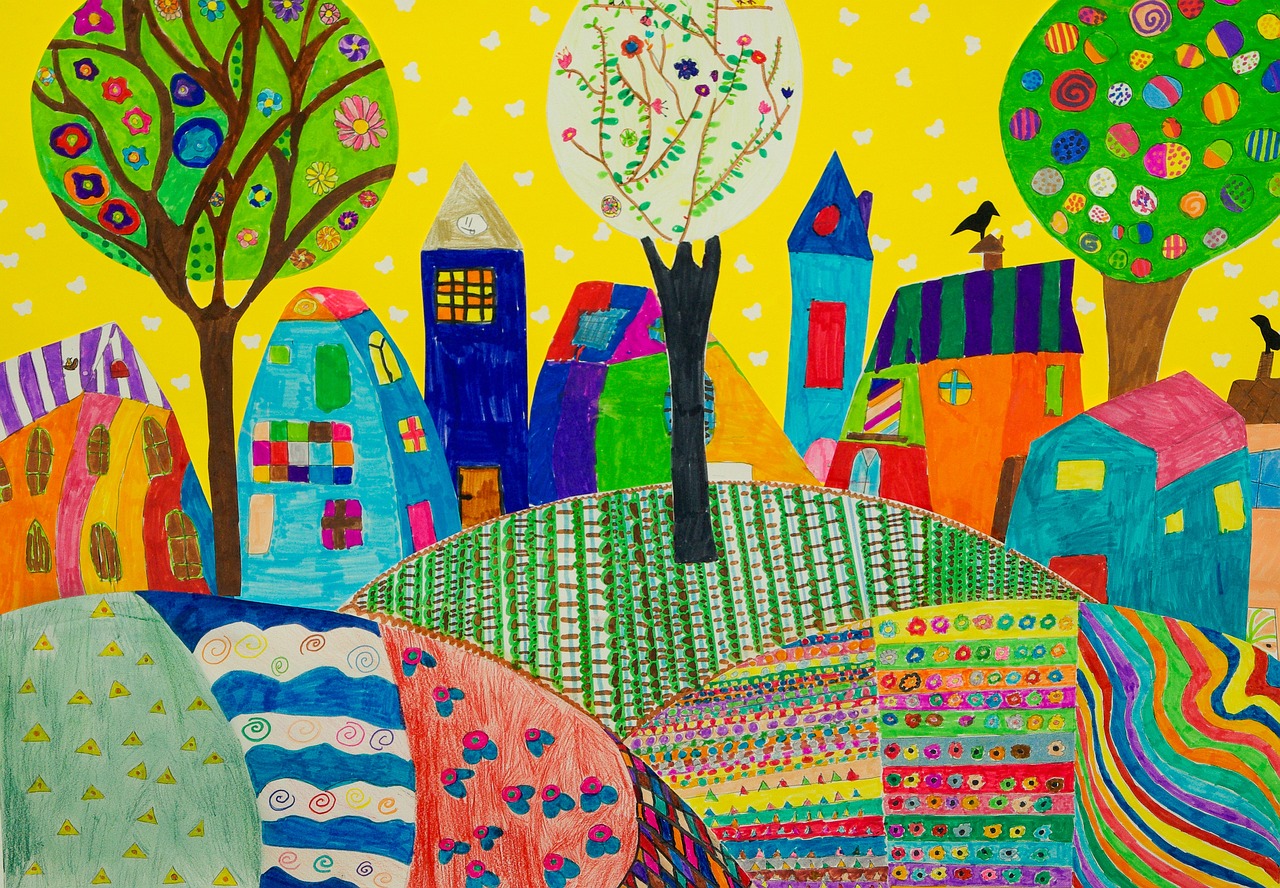
Brush Techniques
When it comes to painting, the brush technique you choose can make all the difference. It’s like choosing the right tool for a job; the right brush can elevate your artwork from ordinary to extraordinary. With a variety of brushes available, each offering unique textures and effects, it's essential to explore different techniques to find what resonates with you. Have you ever noticed how a simple stroke can change the entire mood of a painting? That's the magic of brushwork!
One of the most fundamental techniques is the dry brush technique. This involves using a brush with minimal paint, which creates a scratchy, textured effect on the canvas. It’s perfect for adding subtle details or enhancing the appearance of rough surfaces. Imagine painting a rugged mountain landscape; a dry brush can mimic the jagged edges of rocks beautifully. Conversely, the wash technique involves using a wet brush to apply a thin layer of paint, allowing for smooth transitions and gradients. This method is excellent for backgrounds or creating a soft atmosphere.
Another exciting technique is the stippling technique, where you use the tip of the brush to create tiny dots. This method can add incredible depth and dimension to your artwork. Think of it as creating a starry night sky; the dots can represent stars, creating a mesmerizing effect. Additionally, there’s the fan brush technique, which is ideal for creating foliage or textured clouds. The unique shape of the fan brush allows for a quick and effective way to depict natural elements, adding life to your landscape paintings.
Experimenting with different brush sizes can also yield fascinating results. A larger brush can cover more area and create bold strokes, while a smaller brush allows for precision and detail. Here’s a quick guide to help you understand how different brushes can impact your painting:
| Brush Size | Effect |
|---|---|
| Large | Broad strokes, background washes, and dramatic effects |
| Medium | Versatile for both detail and coverage |
| Small | Fine details, intricate patterns, and delicate work |
Remember, the key to mastering brush techniques lies in practice. Don't be afraid to experiment and try new things. You might find that mixing techniques creates stunning results that you never expected. The more you explore, the more your personal style will emerge, allowing you to express your artistic voice through texture and brushwork.
So, grab your brushes and start experimenting! Who knows, the next stroke you make could be the start of something truly remarkable.
- What is the best brush for beginners? A medium-sized flat brush is a great choice for beginners as it can be used for various techniques.
- How do I clean my brushes properly? Clean your brushes with soap and water immediately after use, and reshape the bristles to maintain their form.
- Can I use different brush techniques in the same painting? Absolutely! Mixing techniques can create depth and interest in your artwork.
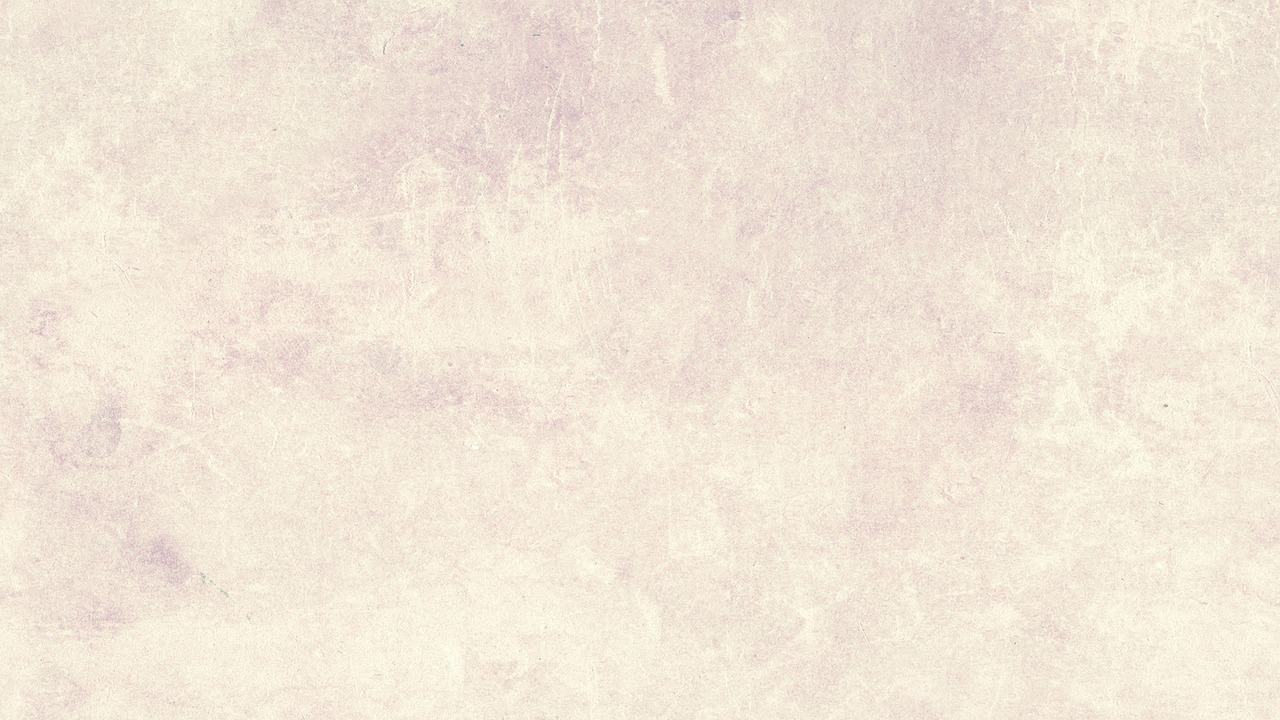
Mediums and Additives
When it comes to enhancing texture in your paintings, play a crucial role. These substances can transform the way paint behaves, offering artists a wider range of possibilities for creating unique surface qualities. For instance, gels and pastes can thicken your paint, allowing it to hold its shape and create dramatic effects. Imagine applying a thick layer of gel medium that stands proud from the canvas, catching the light and inviting viewers to explore its peaks and valleys.
One popular medium is gel medium, which can be mixed with acrylic paints to increase transparency while maintaining a thicker consistency. This versatility allows artists to create glazes that add depth without overwhelming the underlying layers. On the other hand, modeling paste offers a different texture altogether. When applied to a surface, it dries to a hard finish, allowing for intricate designs and patterns that can be painted over or left as is. The tactile sensation of a raised surface can evoke a strong emotional response, drawing viewers in closer.
Additionally, texture paste can be used to create a variety of effects, from smooth finishes to rough, gritty surfaces. By mixing it with paint, you can achieve a textured look that mimics natural elements like stone or sand. This can be particularly effective in landscapes or abstract pieces where you want to convey a sense of earthiness or rawness.
Another fascinating additive to consider is sand. By incorporating fine sand into your paint, you can create a gritty texture that adds a unique dimension to your artwork. The interplay of light and shadow on a sandy surface can captivate the viewer's attention, making them want to explore the piece further. Similarly, beads or other small materials can be added to paint to create a three-dimensional effect that pops off the canvas.
Ultimately, the key to using mediums and additives effectively lies in experimentation. Don't be afraid to mix different products and techniques to discover what works best for your artistic vision. Whether you're aiming for a subtle texture or a bold statement, these materials can help you achieve stunning results that breathe life into your paintings.
- What are the best mediums for adding texture?
Some of the best mediums include gel mediums, modeling paste, and texture paste. Each offers unique properties that can enhance your artwork.
- Can I mix different mediums together?
Yes, mixing different mediums can create interesting effects and textures. Just be sure to test combinations on a small scale first.
- How do I know which medium to use?
Consider the effect you want to achieve. For a glossy finish, use gel medium; for a rough texture, try modeling paste or sand.
- Is it necessary to use additives for texture?
No, while additives can enhance texture, many artists achieve beautiful results using just paint and traditional techniques.
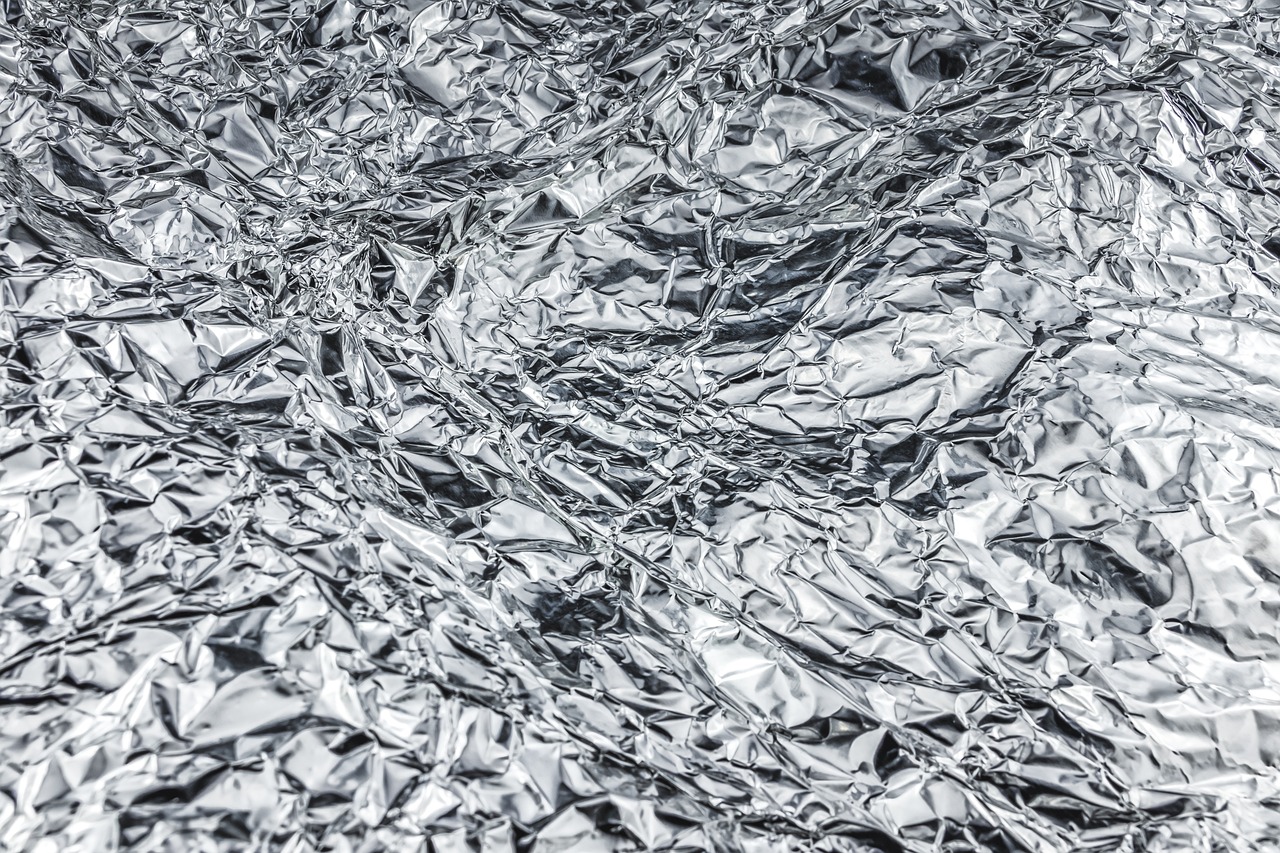
Incorporating Texture into Composition
When it comes to painting, texture is not just an afterthought; it’s a vital element that can transform a flat canvas into a vibrant story. Understanding how to incorporate texture into your overall composition can significantly enhance the visual impact of your artwork. Think of texture as the seasoning in a dish; just as a pinch of salt can elevate a meal, the right texture can bring your painting to life. The thoughtful placement of textured areas can guide the viewer's eye, creating a sense of movement and flow that draws them into the narrative of your piece.
One effective way to integrate texture is by establishing focal points. By strategically using texture around these focal areas, you can create a visual hierarchy that emphasizes their importance. For example, if you have a central figure in your painting, using a rough, textured background can make that figure stand out even more. This contrast not only enhances the subject but also adds depth, making the viewer feel as if they can step into the scene.
Layering textures is another technique that can add complexity to your artwork. Imagine building a sandwich; each layer contributes to the overall flavor and texture. Similarly, layering different textures in your painting can create a rich, dynamic composition. You might start with a smooth base layer, then add rough, impasto strokes on top, followed by delicate, fine details. This method not only adds visual interest but also invites viewers to explore your work more closely, revealing new details with every glance.
To illustrate the importance of texture in composition, consider the following table that outlines various textural techniques and their effects:
| Technique | Effect |
|---|---|
| Impasto | Adds depth and vibrancy, creating a three-dimensional look. |
| Collage | Introduces mixed media elements, enhancing complexity and interest. |
| Glazing | Creates a smooth, luminous effect that can unify different textures. |
| Dry Brushing | Produces a soft, subtle texture that can add a delicate touch. |
Incorporating texture into your composition is not just about making things look good; it’s about telling a story. Each textured area can convey emotion, movement, or even a sense of time. For instance, a rough, jagged texture might evoke feelings of chaos or turbulence, while a smooth, flowing texture may suggest calmness and serenity. By being intentional with your textural choices, you can enhance the narrative quality of your artwork, making it resonate more deeply with your audience.
Ultimately, the key to successfully incorporating texture into your composition lies in experimentation. Don’t be afraid to play around with different techniques and materials. As you explore, you’ll discover how various textures interact with each other and how they can be used to support your artistic vision. Remember, art is a journey, and each brushstroke is a step towards discovering your unique voice.
- What is the best way to start incorporating texture into my paintings?
Begin with simple techniques like impasto or dry brushing. Experiment on smaller canvases to see how different textures interact. - Can I use non-traditional materials to create texture?
Absolutely! Items like fabric, paper, and natural elements can add unique textures and dimensions to your work. - How do I balance texture and color in my artwork?
Consider the emotional message you want to convey. Use texture to enhance the focal points while ensuring color complements the overall composition.
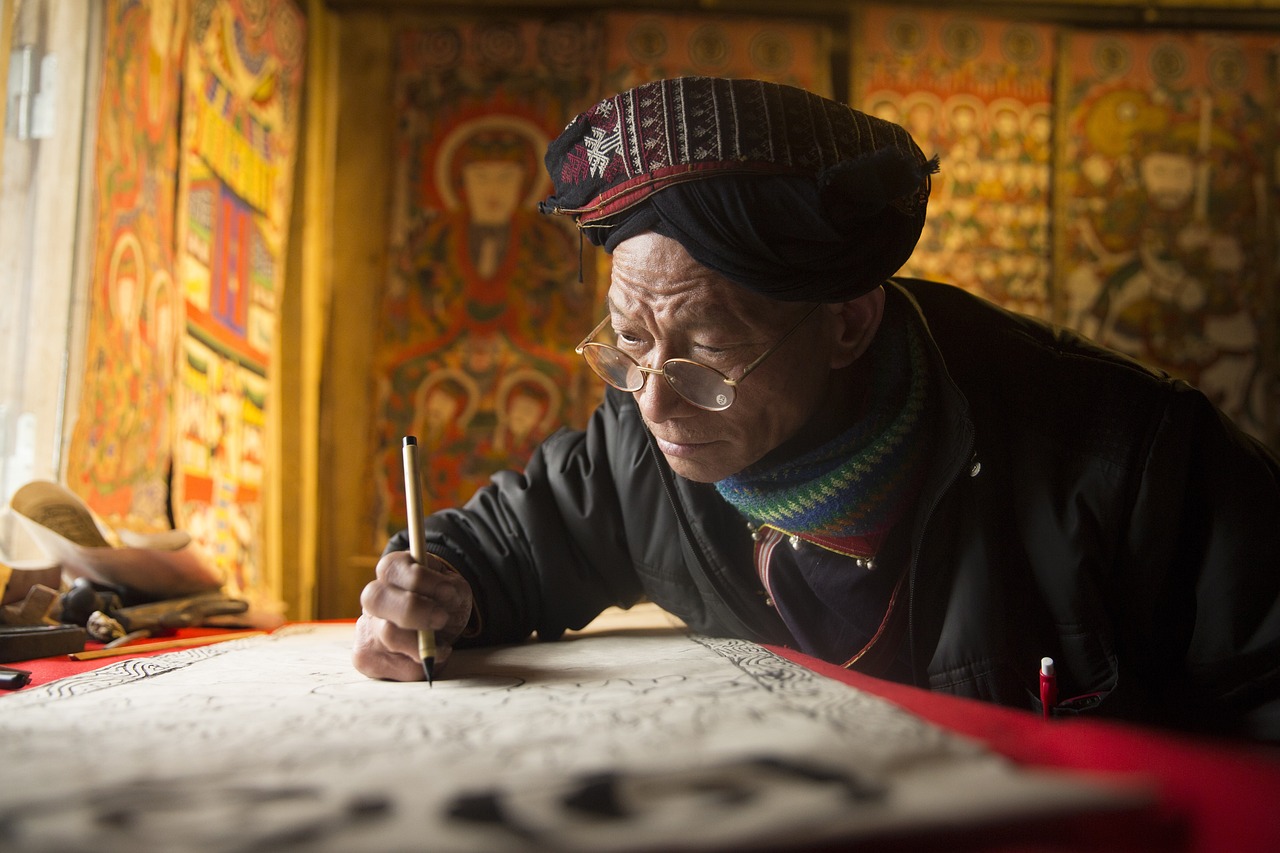
Focal Points and Texture
When it comes to painting, the magic often lies in the details, and one of the most compelling details is texture. Strategically using texture to highlight focal points can dramatically enhance your artwork, drawing the viewer's eye and creating a sense of importance. Imagine walking into a gallery and being immediately drawn to a vibrant painting; chances are, the artist has skillfully employed texture to guide your gaze. Whether it's the roughness of a tree bark or the smoothness of a serene sky, texture can evoke emotions and tell a story.
To make the most of texture in your focal points, consider these key elements:
- Contrast: Using contrasting textures can create a visual hierarchy, making your focal points stand out. For example, a rough, impasto surface can draw attention to a smooth area, guiding the viewer's eye naturally.
- Color Interaction: Texture often interacts with color. A textured area can enhance the vibrancy of colors, making them pop. Think of a sunlit flower against a rough, textured background; the contrast can be striking.
- Emotional Resonance: Different textures evoke different feelings. A soft, velvety texture might convey calmness, while jagged, rough textures can suggest chaos or tension. By aligning texture with your intended emotional message, you can create a more impactful focal point.
Furthermore, consider how you layer textures to create depth within your focal points. Layering different textures not only adds complexity but also encourages viewers to explore your painting more closely. Each layer can tell a different part of the story, leading to a richer narrative experience. For instance, you might start with a smooth base and gradually build up layers of texture using tools like palette knives or sponges, creating a dynamic interplay between the various elements.
Incorporating texture into your focal points is not just about making them visually appealing; it’s about enhancing the overall narrative of your artwork. When viewers are drawn to a textured focal point, they engage more deeply with the piece, often finding new meanings and interpretations. So, the next time you sit down to paint, remember that texture is not just an afterthought but a powerful tool in your artistic arsenal. Embrace it, experiment with it, and watch as your paintings come to life in ways you never thought possible!
Q: How can I create a focal point using texture?
A: You can create a focal point by using contrasting textures, such as a rough area next to a smooth one. This contrast naturally draws the viewer's eye to the focal point. Additionally, layering different textures can add depth and intrigue.
Q: What materials are best for creating texture in paintings?
A: Materials like heavy-bodied acrylics, gels, and pastes are excellent for creating texture. You can also use found objects or mixed media elements to introduce unique textures into your artwork.
Q: Can texture affect the emotional impact of a painting?
A: Absolutely! Different textures can evoke various emotions. For instance, a soft texture might create a sense of calm, while a jagged texture could convey tension or chaos. Choosing the right texture can significantly enhance the emotional narrative of your artwork.
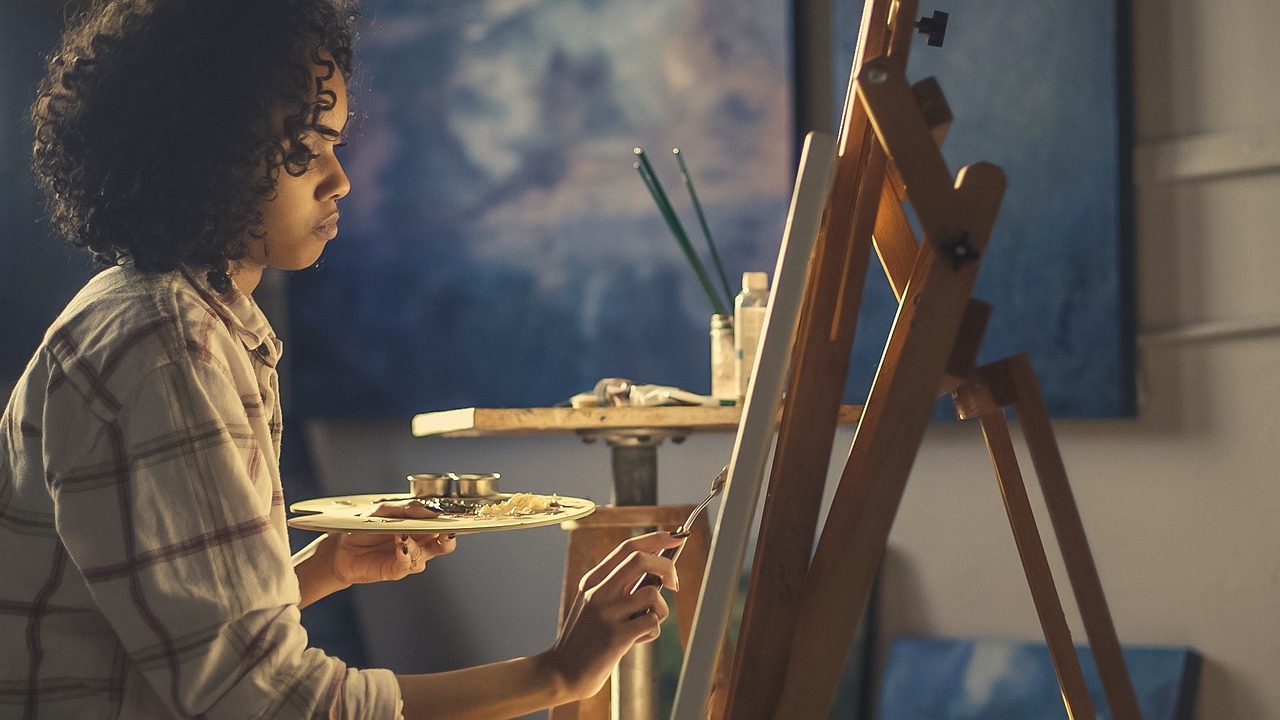
Layering Techniques
Layering techniques are essential in the world of painting, acting as a secret ingredient that can transform a flat canvas into a rich, multi-dimensional masterpiece. Imagine your painting as a cake; each layer adds flavor and texture, making the final product not just visually appealing but also intriguing. By incorporating various textures through layering, you can create depth that draws viewers into your artwork, inviting them to explore every inch.
One of the most effective ways to layer textures is to start with a solid base. This base layer can be a simple wash of color, setting the tone for what’s to come. Once this initial layer is dry, you can begin to add more complex textures. For instance, using a palette knife to apply thick strokes of paint can create a rugged surface that contrasts beautifully with the smoothness of the base layer. This juxtaposition not only enhances the visual interest but also adds a tactile quality that can engage the viewer on a sensory level.
Another fascinating approach is to build up layers of different materials. Think about incorporating sand, fabric, or even paper into your painting. These elements can be applied between layers of paint, creating a stunning interplay of textures that can evoke various emotions. For example, a gritty layer of sand can evoke a feeling of earthiness, while a smooth fabric piece can add elegance and sophistication. The key is to experiment and see how these materials interact with one another, allowing your creativity to flourish.
When layering, it’s crucial to consider the drying time of each layer. Some paints dry quickly, while others take longer, and this can affect how the layers blend together. You might want to keep a drying schedule in mind, especially if you’re using mediums that alter drying times. This can help you plan your layering process effectively. Here’s a simple table to guide you:
| Type of Paint | Drying Time | Best Layering Technique |
|---|---|---|
| Acrylic | 30 minutes to 1 hour | Quick layering with wet-on-wet techniques |
| Oil | Days to weeks | Slow layering for blending and glazing |
| Watercolor | Varies | Light washes and lifting techniques |
Finally, don’t shy away from using transparent layers to create depth. Glazing with transparent colors can allow the underlying layers to peek through, adding a sense of luminosity to your work. This technique can be likened to looking through stained glass; the layers of color work together to create a beautiful effect that changes depending on the light. The interplay of light and texture can evoke emotions and draw viewers into your narrative, making your artwork not just a visual experience but an emotional journey.
- What is the best medium for layering? Acrylics are great for quick layering, while oils allow for more blending and depth.
- Can I layer different types of paint? Yes, but ensure that the underlying layer is fully dry before applying a different medium.
- How do I know when to stop layering? Trust your instincts; if the texture feels balanced and enhances your composition, you’re likely on the right track.
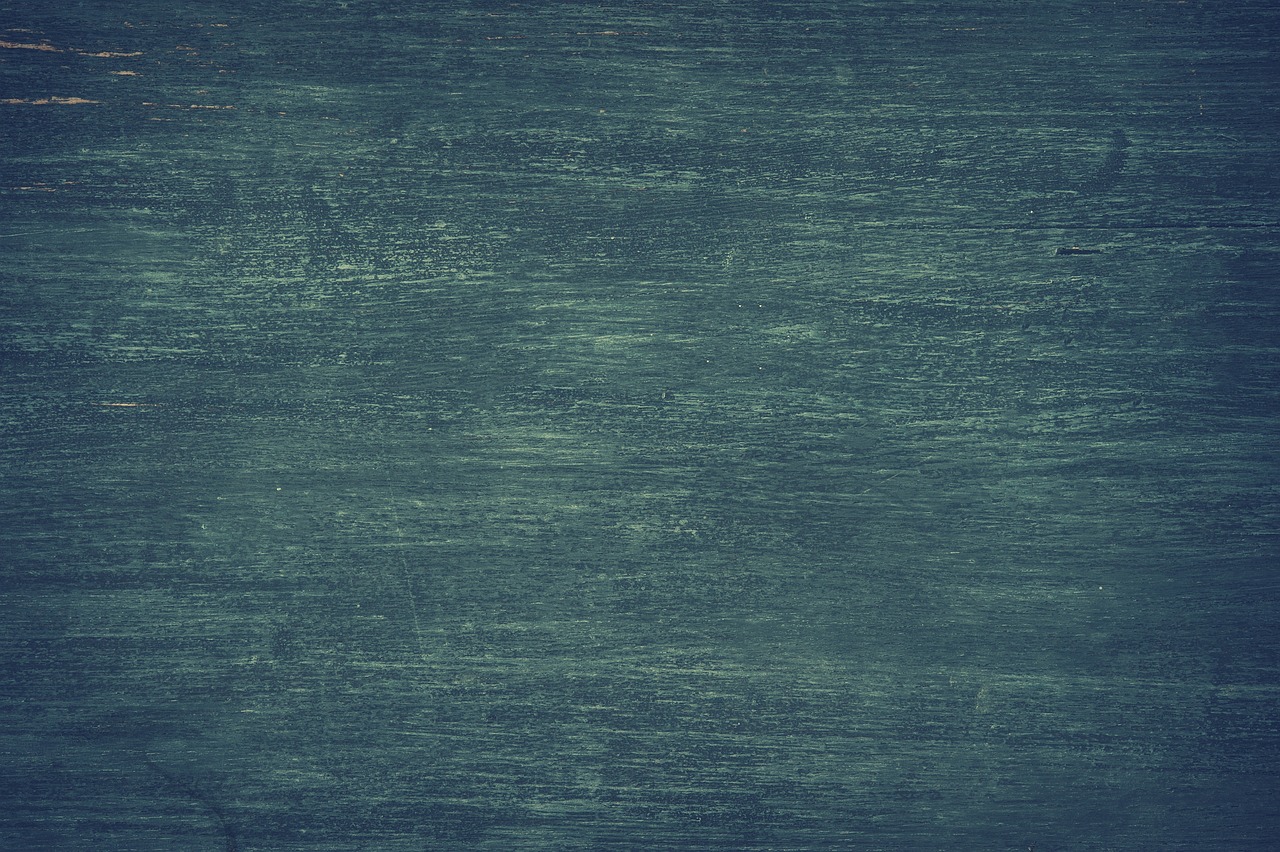
Experimenting with Texture
When it comes to art, experimentation is the name of the game! Embracing the unknown can lead to unexpected discoveries and ultimately help you find your unique artistic voice. Think of it like a thrilling adventure; each brushstroke is a step into uncharted territory, and every texture you create is a new landscape waiting to be explored. So, how do you dive into this world of texture experimentation? Let’s break it down!
First and foremost, don’t be afraid to try new techniques. Whether it's layering paint, using unconventional tools, or even mixing different mediums, the possibilities are endless. For instance, you might start with a simple impasto technique, where you apply thick layers of paint to create a rich, tactile surface. But why stop there? Consider incorporating materials like sand, fabric, or even recycled items into your work. This mixed media approach not only adds dimension but also tells a story through the materials you choose.
Another exciting avenue to explore is the use of textures inspired by nature. Nature is a fantastic teacher, offering a plethora of textures that can inspire your artwork. From the rough bark of a tree to the soft petals of a flower, each element can be translated into your paintings. You could even go outside, collect some natural materials, and use them directly in your work. Imagine the unique textures you could create by imprinting leaves or using twigs to apply paint!
Furthermore, don’t forget about personal style development. Finding your artistic identity through texture is a journey of self-discovery. Allow yourself the freedom to experiment without the pressure of creating a masterpiece every time. This process can often lead to distinctive textures that reflect your personality and artistic vision. Think of it as a dance; sometimes, you lead, and other times, you let the music guide you. The more you practice, the more comfortable you’ll become in expressing yourself through texture.
Lastly, let’s not underestimate the power of inspiration from other artists. Take the time to study the works of those who inspire you. What textures do they use? How do they incorporate them into their compositions? Analyze their techniques and see how you can adapt them to your style. This doesn’t mean you should copy them, but rather use their work as a springboard for your own creativity. Just as a musician might cover a song to learn its intricacies, you can use the work of others to enhance your understanding of texture in art.
In conclusion, experimenting with texture is not just about adding visual interest; it’s about unleashing your creativity and discovering new aspects of your artistic self. So grab those brushes, gather your materials, and let your imagination run wild. Who knows what incredible textures and stories await you on this exciting journey?
- What is the best way to start experimenting with texture in painting?
Begin by trying different techniques such as impasto or collage. Don’t hesitate to mix materials to see what works best for you. - Can I incorporate found objects into my paintings?
Absolutely! Using found objects can add unique textures and tell a story in your artwork. - How do I know when to stop adding texture?
Trust your instincts. Step back and evaluate your work; if it feels balanced and visually engaging, you may have found the right amount of texture.
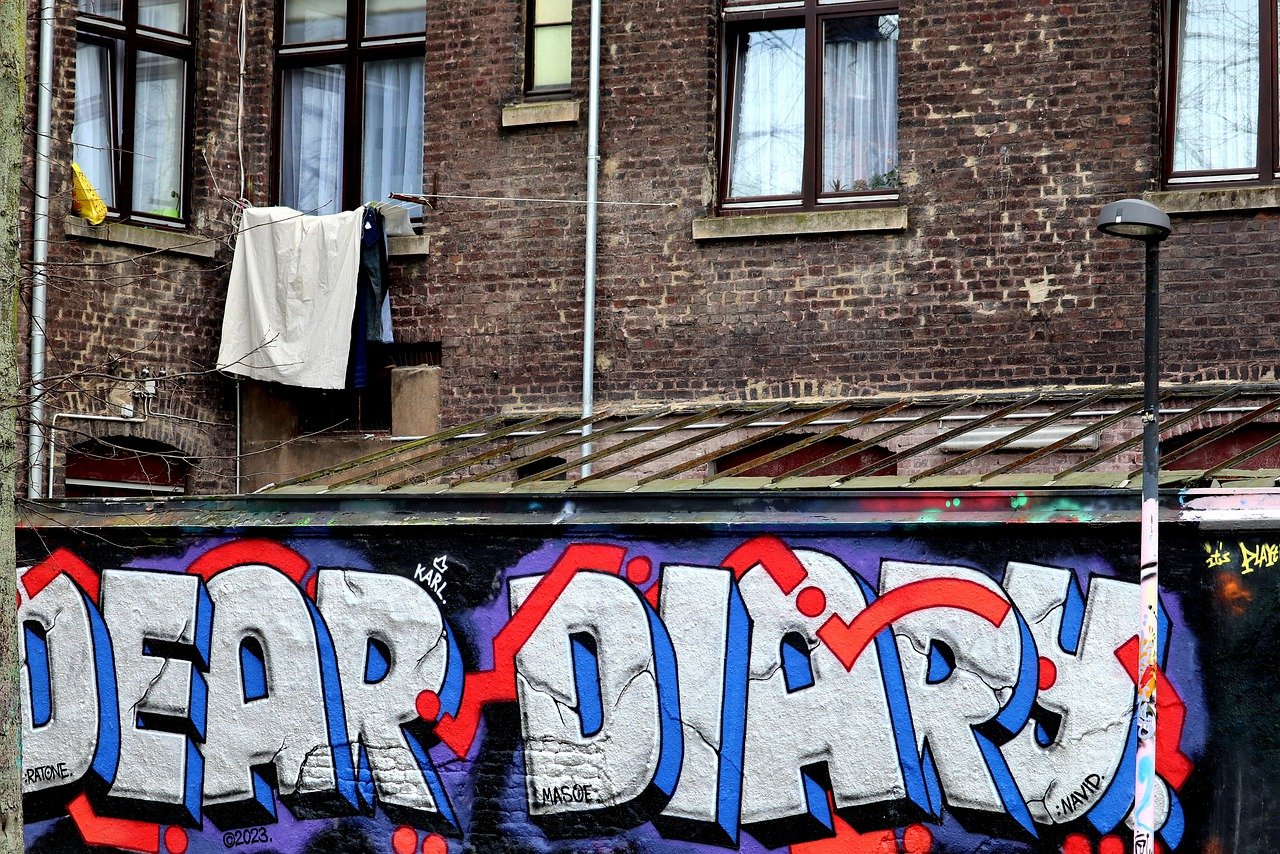
Personal Style Development
Finding your personal style as an artist is like embarking on an exhilarating journey through a vibrant landscape of creativity. It’s a process that requires both exploration and introspection, allowing you to discover what truly resonates with you. One of the most exciting aspects of developing your style is the freedom to experiment with different textures, techniques, and materials. Think of it as mixing colors on a palette; each choice adds a unique hue to your artistic identity.
As you dive into the world of texture, consider the following approaches that can help you forge your own path:
- Experimentation: Don’t shy away from trying new things! Whether it's using unconventional materials or playing with different painting techniques, each experiment can lead to surprising results that might just become a signature element of your style.
- Reflect on Your Influences: Take a moment to think about the artists who inspire you. What textures do they use? How do they incorporate those into their work? Analyzing their techniques can provide a springboard for your own creative exploration.
- Document Your Progress: Keep a sketchbook or a digital portfolio where you can record your experiments and the textures you’ve created. This visual diary will not only track your growth but also serve as a source of inspiration when you feel stuck.
Remember, your style is not something that will develop overnight. It’s a gradual evolution that reflects your experiences, emotions, and the stories you want to tell through your art. Embrace the journey, and don’t be afraid to make mistakes along the way. Each misstep can lead to a new discovery, adding depth to your artistic voice.
Ultimately, the process of developing your personal style through texture is about finding what makes your heart sing. It’s about creating a visual language that feels authentic to you. So, grab your brushes, play with different textures, and let your creativity flow. The more you explore, the closer you’ll get to uncovering the unique textures that define your artistic identity.
1. How can I start experimenting with texture in my paintings?
Begin by incorporating different materials into your work, such as fabric, sand, or even paper. Try using various tools like palette knives or sponges to apply paint in new ways.
2. What is the best way to develop a personal style?
The best way to develop a personal style is to experiment, reflect on your influences, and document your progress. Allow yourself the freedom to explore and make mistakes; this is where growth occurs.
3. Can I mix different textures in one painting?
Absolutely! Mixing different textures can create a dynamic and engaging composition. Layering various techniques can enhance the visual interest of your artwork.
4. How do I know when I’ve found my personal style?
You’ll know you’ve found your personal style when your work feels authentic and resonates with you. It should evoke emotions and reflect your unique perspective as an artist.
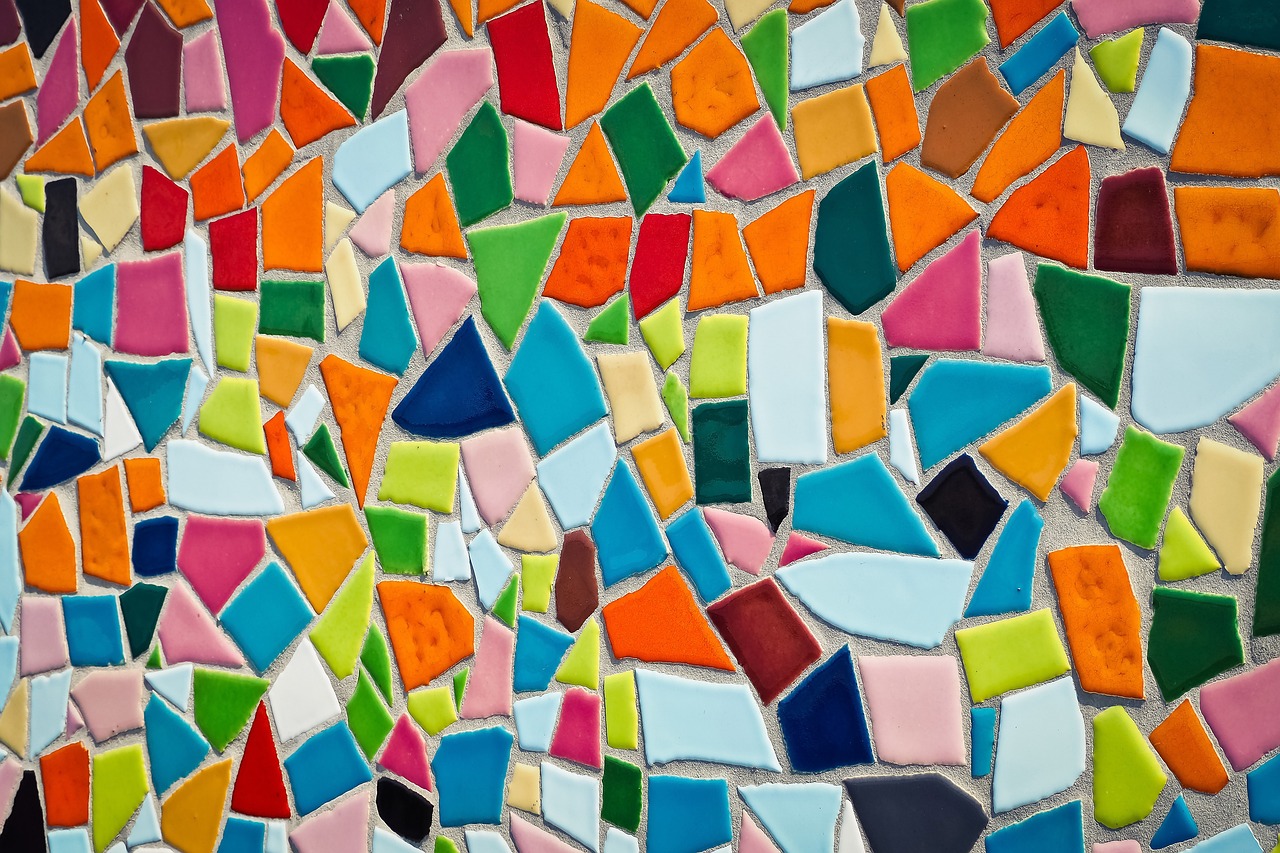
Inspiration from Other Artists
When it comes to finding inspiration for incorporating texture into your artwork, looking at the work of other artists can be a treasure trove of ideas. Each artist has a unique approach to texture, and by studying their techniques, you can spark your creativity and discover new ways to express yourself. For instance, consider the bold, expressive textures of Vincent van Gogh. His use of the impasto technique not only adds depth but also conveys intense emotion, making his paintings feel alive. By observing how he applies paint, you might feel inspired to experiment with layering your own textures to evoke similar feelings in your work.
Another fantastic source of inspiration is the mixed media approach of artists like Robert Rauschenberg. He seamlessly blends various materials—such as fabric, newspaper clippings, and found objects—into his paintings, creating a rich tapestry of textures that invite viewers to explore every inch of the canvas. This method can encourage you to think outside the box and incorporate unconventional materials into your own pieces, adding a layer of complexity that can transform your art.
Don't forget about contemporary artists, either! Many modern creators are pushing the boundaries of texture in exciting ways. For example, artists like Anselm Kiefer often utilize heavy materials such as straw and ash, which not only add physical texture but also carry deep symbolism. Engaging with their work can lead you to explore themes and materials you might not have considered before.
To help you get started, here are a few key points to keep in mind when seeking inspiration from other artists:
- Study Techniques: Observe how they use texture to create depth and emotion.
- Experiment: Try replicating their techniques to understand the process.
- Find Your Voice: Use their inspiration as a springboard to develop your unique style.
In conclusion, the world of art is vast, and by looking at the works of others, you can find a wealth of inspiration that can help you incorporate texture into your own artwork. Remember, every artist has a story to tell through their textures—so dive in, explore, and let your creativity flow!
Q: How can I start incorporating texture into my paintings?
A: Begin by experimenting with different materials and techniques. Try using thick layers of paint or adding elements like fabric or paper to your work.
Q: What is the best way to learn about texture in art?
A: Studying the works of various artists, attending workshops, and practicing different techniques can greatly enhance your understanding of texture.
Q: Can texture affect the emotional impact of my artwork?
A: Absolutely! Texture can evoke feelings and create a connection with viewers, enhancing the overall emotional experience of your artwork.
Frequently Asked Questions
- What is texture in painting?
Texture in painting refers to the surface quality and feel of the artwork. It can be actual, where you can physically feel the texture, or simulated, where the texture is visually suggested through painting techniques. Texture adds depth and interest, making the artwork more engaging for the viewer.
- How can I create actual texture in my paintings?
You can create actual texture by using techniques like impasto, where thick layers of paint are applied to the canvas, or by incorporating mixed media elements such as fabric or paper. These methods invite the viewer to experience the artwork not just visually but also through touch.
- What are some examples of simulated texture?
Simulated texture can be achieved through various painting techniques that mimic the appearance of materials, such as using brush strokes to create the illusion of fur, wood grain, or fabric. By carefully observing how light interacts with different surfaces, you can replicate these effects in your artwork.
- What tools are best for creating texture in painting?
Some of the best tools for creating texture include a variety of brushes, palette knives, and sponges. Additionally, using mediums like gels or pastes can alter the consistency of your paint and enhance texture. Experimenting with different tools can lead to exciting discoveries in your art.
- How do I incorporate texture into my composition?
Incorporating texture into your composition involves thoughtful placement of textured areas to create balance and guide the viewer's eye. Highlighting focal points with texture can draw attention and enhance the emotional impact of your painting, making it more dynamic and engaging.
- Why is experimentation important in developing my personal style?
Experimentation is crucial for discovering your unique artistic voice. By trying out various techniques and materials, you can uncover distinctive textures that resonate with your personal style. This process of exploration fosters creativity and can lead to exciting breakthroughs in your artwork.
- Where can I find inspiration for using texture in my art?
Inspiration can be found by studying the work of other artists, whether through gallery visits, art books, or online platforms. Observing how they incorporate texture can spark new ideas and approaches, helping you to expand your artistic repertoire and enhance your own creations.



















